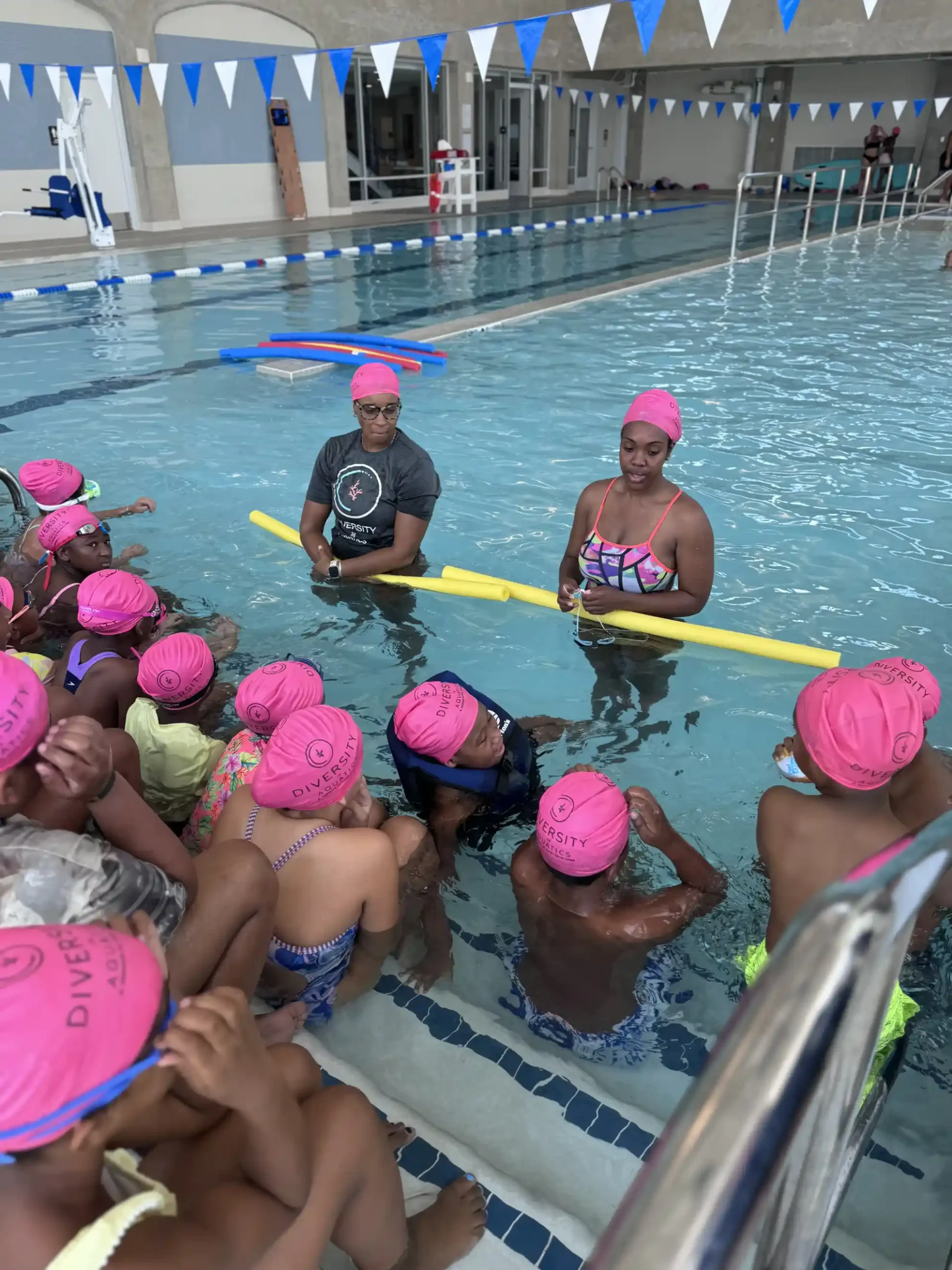Building and Supporting Careers in Aquatics
Aquatics offers a wide range of fulfilling career opportunities that go beyond recreation—they play a critical role in advancing public safety, community health, and social equity. From lifeguarding and swim instruction to aquatic research and medical care, careers in aquatics have the power to transform lives and communities.
However, to fully unlock the potential of aquatic careers, we must adopt a comprehensive approach—one that recognizes the sociopolitical challenges, builds inclusive pathways, and fosters leadership from underrepresented groups.
Access to swimming and aquatic sports has long been shaped by systemic inequities. Public policies, segregation, and economic disparities have historically limited access to pools, lessons, and aquatic programs—especially for communities of color and low-income families.
This history contributes to current underrepresentation in aquatic professions. A lack of access means fewer role models, fewer certifications, and fewer opportunities to envision aquatic work as a viable career. Supporting aquatic careers, therefore, begins with understanding and addressing these deeper structural and cultural challenges.
One of the most common entry points into the aquatic workforce is becoming a lifeguard. Lifeguarding fosters critical skills in leadership, responsibility, and emergency response—making it a launchpad to multiple professions.
After gaining experience, lifeguards can become certified instructors, training others and taking on leadership roles within aquatic organizations.
LGITs certify new instructors and play a key role in shaping safety standards regionally.
This leadership pipeline ensures career advancement while also improving safety and training standards across communities.
Aquatic experience—especially lifeguarding, instruction, or coaching—can be a stepping stone to several exciting and impactful careers.
Roles include:
These professionals not only teach swimming but also empower individuals with life-saving skills.
Lifeguards often transition into:
These professionals can specialize in aquatic therapy, pediatric care, or drowning prevention.
Aquatic workers can pursue:
Aquatic professionals with leadership potential can grow into:
Equitable access to education and certifications is foundational. Unfortunately, the cost of lifeguard training or lack of nearby facilities often excludes those most in need of opportunity.
Non-profits are uniquely positioned to bring aquatic opportunities to communities that are often left out of traditional programming. These organizations can provide local, culturally relevant swim and dive programs, mentorship, and scholarship support.
Leadership diversity is critical to creating a truly inclusive aquatic workforce. When youth see leaders who share their background or experiences, they’re more likely to view those roles as attainable.
Supporting aquatic careers is about more than job creation—it’s about building pathways to empowerment, bridging racial and economic gaps, and ensuring water safety for all.
To succeed, we must:
By nurturing these pathways, we create a future where aquatic professions reflect the rich diversity of the communities they serve—fostering safety, health, and opportunity in and out of the water.
